Fortified
Exploring the Georgia Coast.
From Edisto we worked our way south, stopping off a Hunting Island for a few dismal days in the cold and rain, camping in a site that was just a smidge above actual bog. We escaped that dreariness for the much more uplifting Fort McAllister, the first of a string of forts we wanted to check out on the Georgia and Florida coast.
This area is a bit different than the Low Country, it’s still part the sea islands, a string of over a hundred barrier islands along this stretch of the Atlantic coast — from the mouth of the Santee river, just south of Myrtle Beach, all the way down the coast of Georgia into Florida. But the land upstream is different, and so the coast is different as well.
We’ve spent quite a bit of time in the South Carolina barrier islands, but we never made it here to the Georgia coast until this year.
The Georgia coast lacks any of the maritime forests like you’ll find in some sheltered spots in South Carolina, but makes up for my having quite a few more forts, which makes it a great place to explore early American history.
Fort McAllister is a civil war era fort, built by the Confederate army to defend Savannah against Union forces coming upriver to attack. There were three forts defending the river leading to Savannah, Fort McAllister was the first as you came up river.The interesting thing about the fighting here and at Fort Pulaski just up river (more on that in a second) was that this was where both armies tested their latest and greatest innovations in both naval armament and coastal defenses. Right here, war fighting around the world changed forever in 1865.
For most of the war the main enemies here were heat and disease, but toward the end the Union navy came, and it came with some of the first iron clad gunboats. No less than four ironclads with huge 15-inch cannons bombarded the fort for 5 hours… and did next to nothing. The earthenware walls absorbed them and men rushed out and shoveled the dirt back in place. The fort shelled the ironclads and also did little. The shells bounced off the ships, though that had to be incredibly loud to those inside.
Eventually the fort fell, but not because of the navy, because the army swung around south, bypassing Savannah to attack McAllister first. McAllister fell with very little fighting and the navy advanced to our next stop, Fort Pulaski, which I think of as The Last Fort.
Fort Pulaski was made of brick and withstood an incredible amount of shelling during the war. You can still see the pockmarks and shell scars on the walls of the fort.
Pulaski held up until it met the new rifled cannon. At that moment the day and age of the fort ended. The rifled shell was too accurate and too devastating. The commander of the fort quickly surrendered before the magazine was hit and everyone in the fort killed. The rest of the world took notice. Very few forts were built after the shelling of Fort Pulaski.
After Pulaski we moved south again, and it turned extremely cold for a few days, but we managed to find a nice day to explore Fort Frederica, a pre-revolutionary war fort on St. Simon’s island. Frederica was the southern most outpost of the English colonies and responsible for holding off the Spanish, who controlled Florida at the time. It did its job under Oglethorpe, twice if I remember correctly, after which the Spanish gave up.
For the kids this one was definitely the highlight thanks to a room full of dress up clothes and games they could play. I was more intregued to see something I’d read about in William Bartram’s journals. Bartram passed through in 1774 and it was already in ruins, which makes it kind of amazing that there’s anything here at all, but you can still see the stone outlines of most of the buildings in the town.
After Fort Frederica we packed up and headed south, bound for a place that’s been on our list for a long time, but we just never seemed to make it: St. Augustine, FL. St Augustine was built around the fort, Castillo de San Marcos, which has been restored and is now a national monument. Sidenote, did you know National Parks/Monuments no longer take cash? The government won’t take the currency of the nation at the national monument, tells you everything you need to know about the future of that currency. Anyway, we paid. With a card. And walked around the fort, which was monolithic in way that showed its Spanish origins. Spain was a genius with stone in this era. You see it all over Mexico too. Massive stone churches, government offices, forts, everything was stone and hugely overbuilt. It looks overbuilt to this day. It’s magnificent.
We really liked Castillo de San Marcos, unfortunately we made the mistake of venturing across the street to see what the town was like and things went downhill.
I was going to say, we’re not really fans of tourist towns, where every experience is carefully curated and managed by someone, but, then, is anyone a fan of this? You might argue that since this exists all over the place, that people must like it, and perhaps this has some merit, but we’ve also reached the stage of civilizational decline where it doesn’t really matter what we want, this (whatever this is) is what we’re getting.
Whatever the case, we spent about 10 minutes wandering around St. Augustine and were ready to head back to the bus.
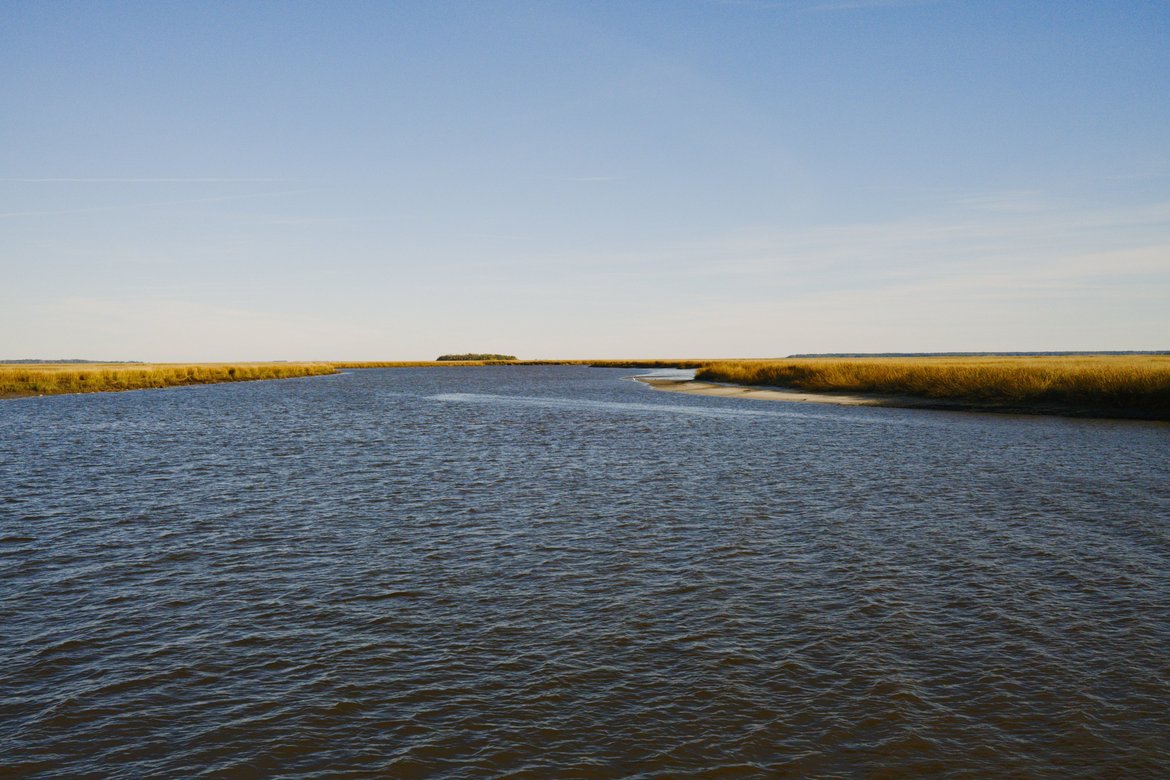
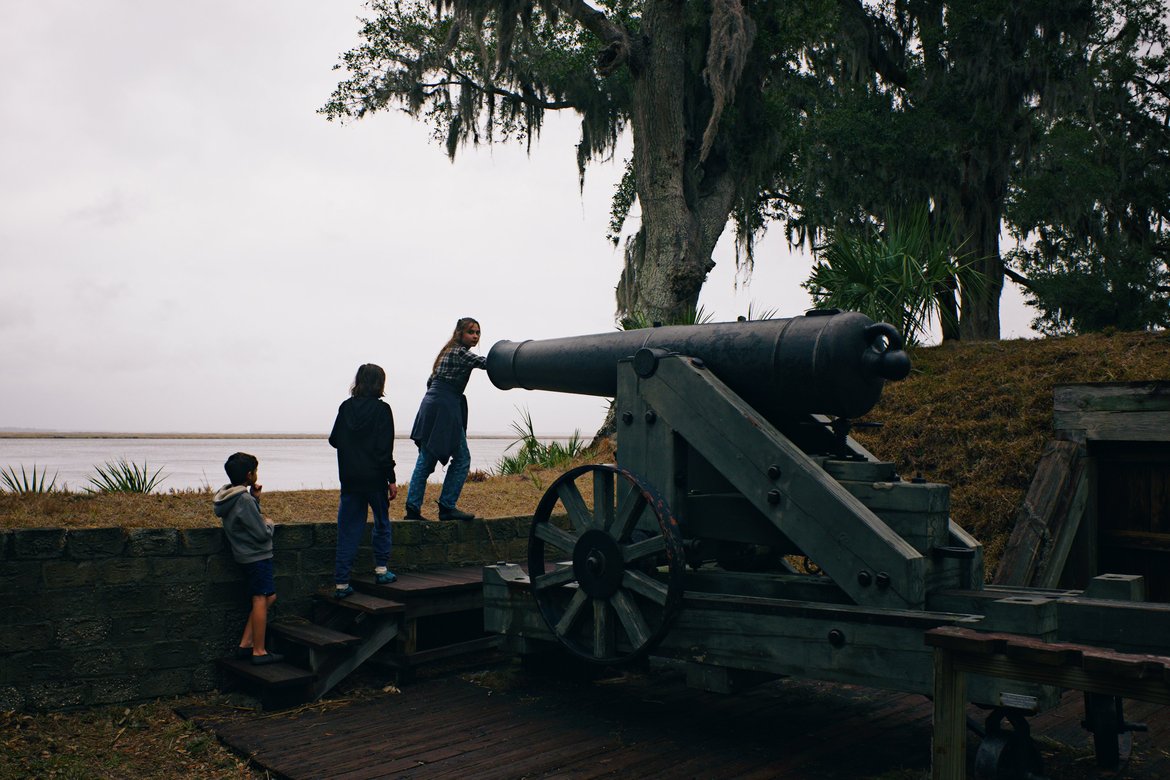
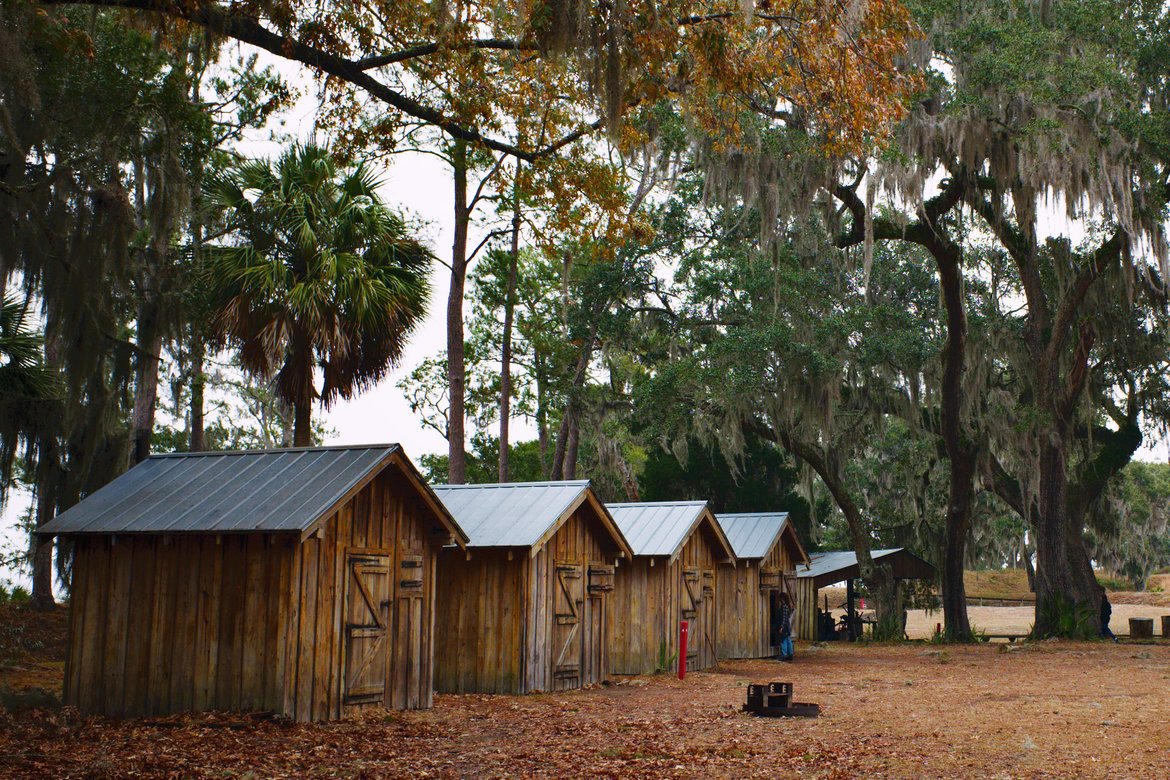
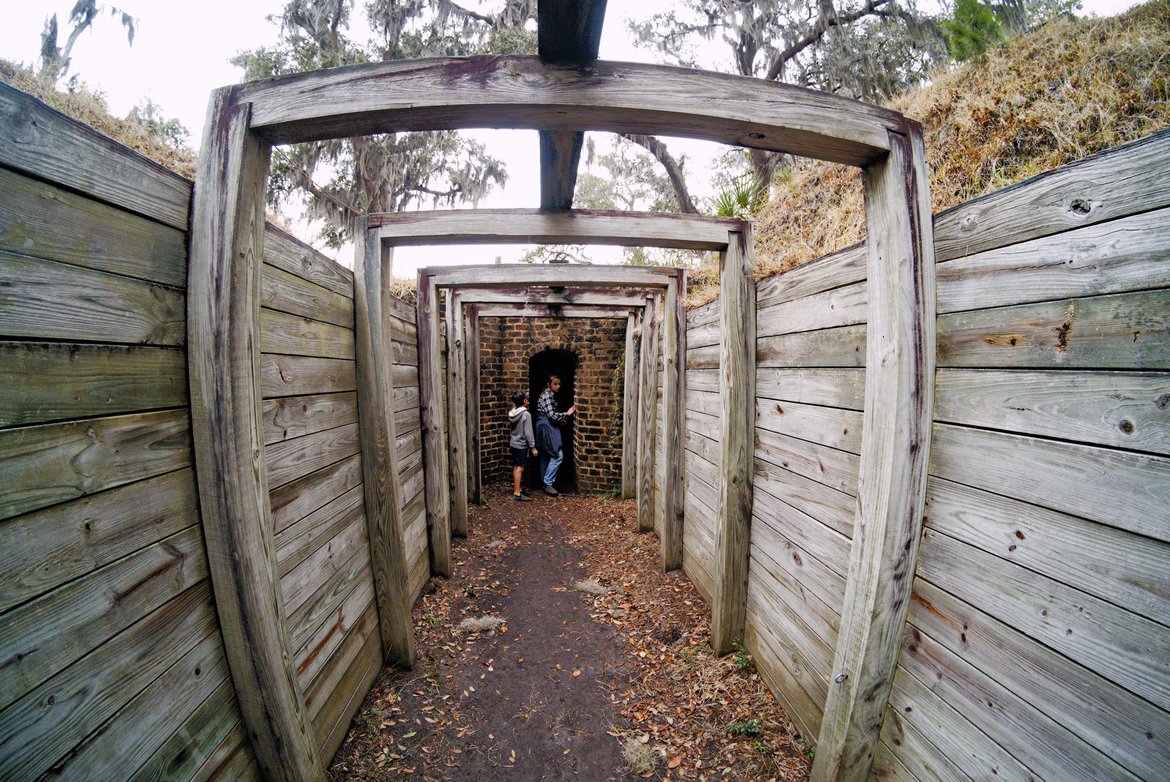
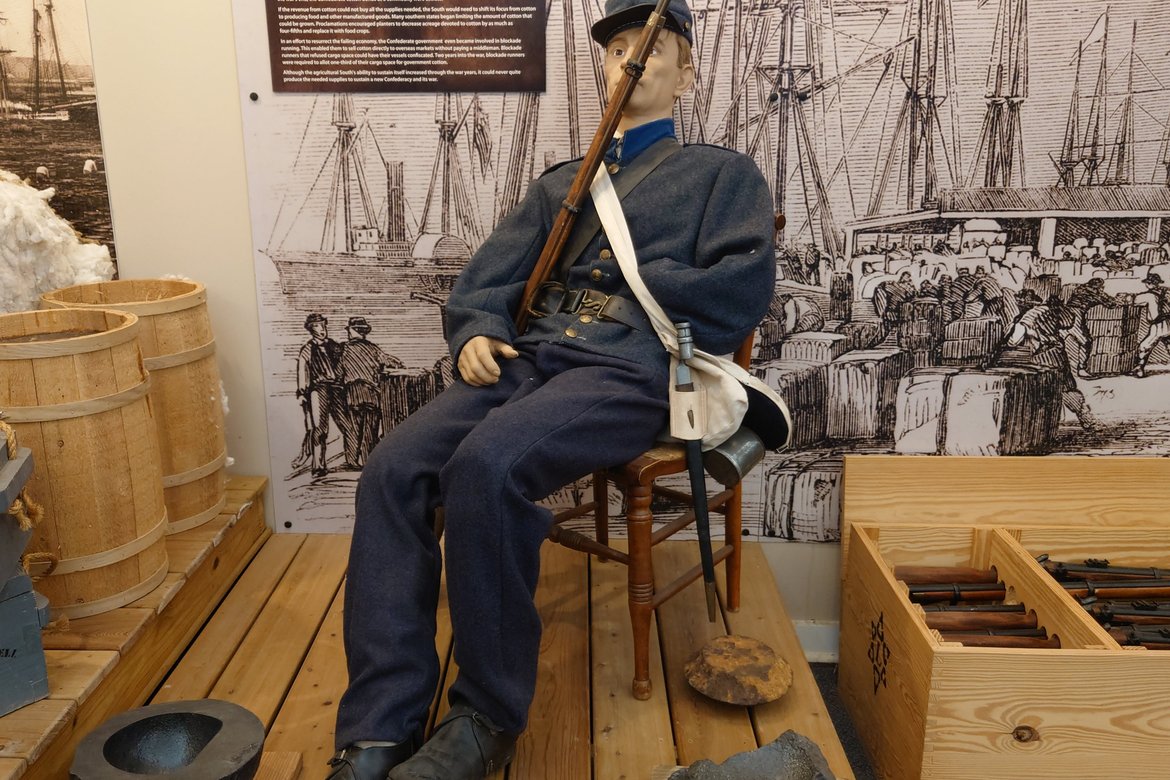
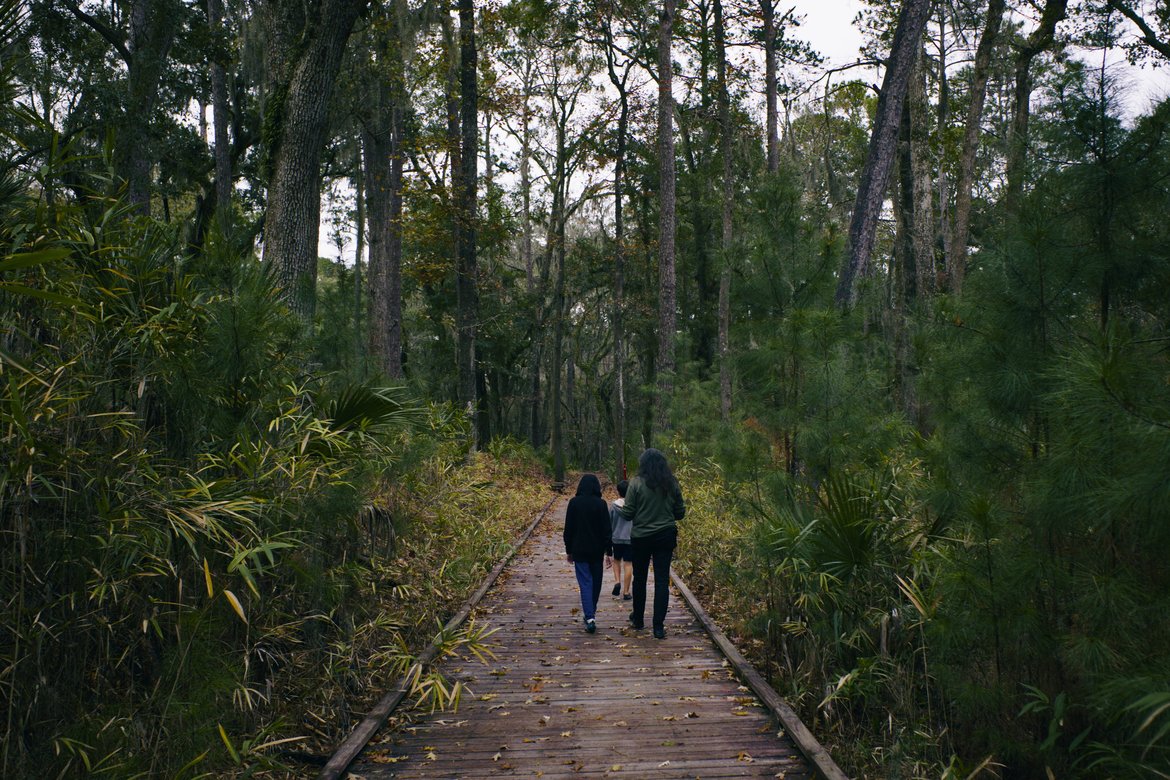
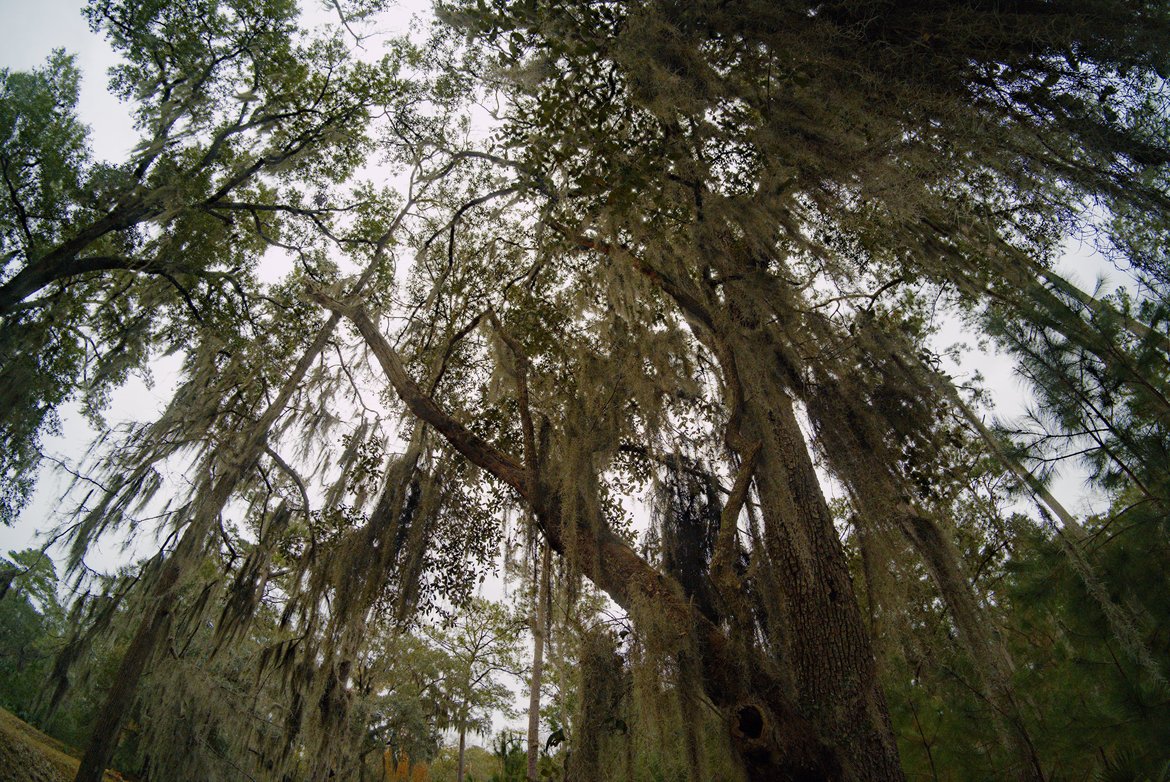
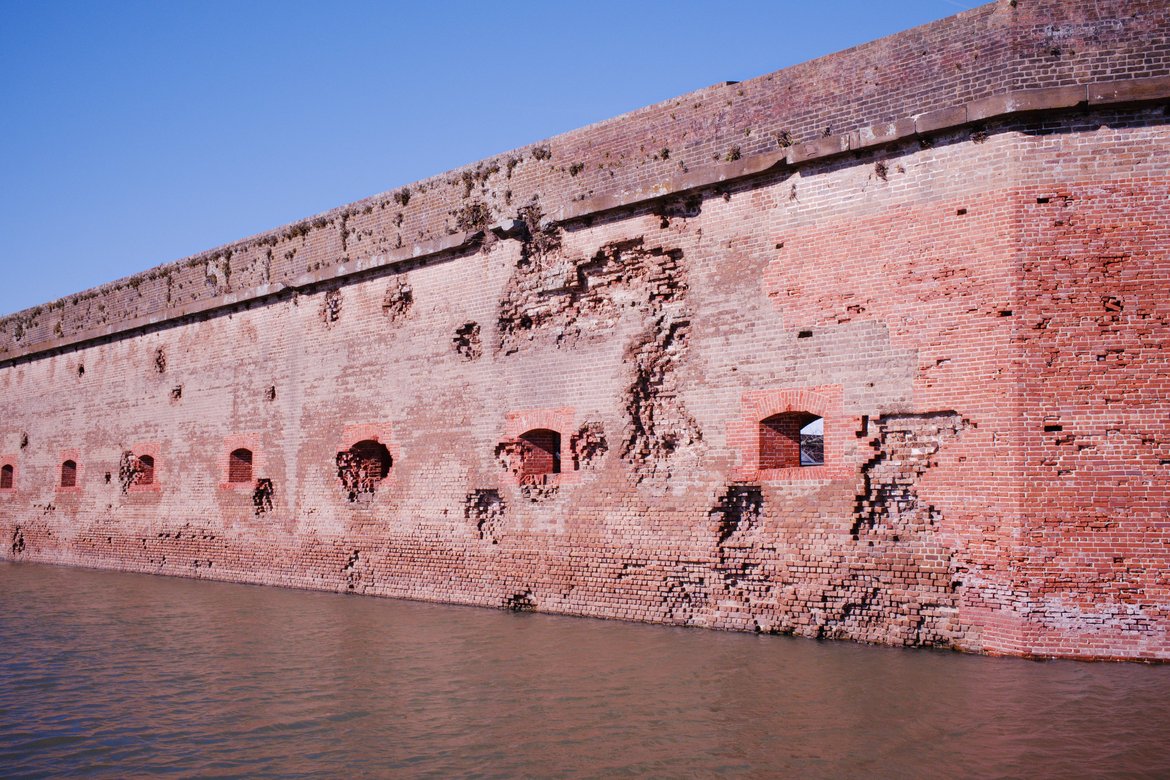
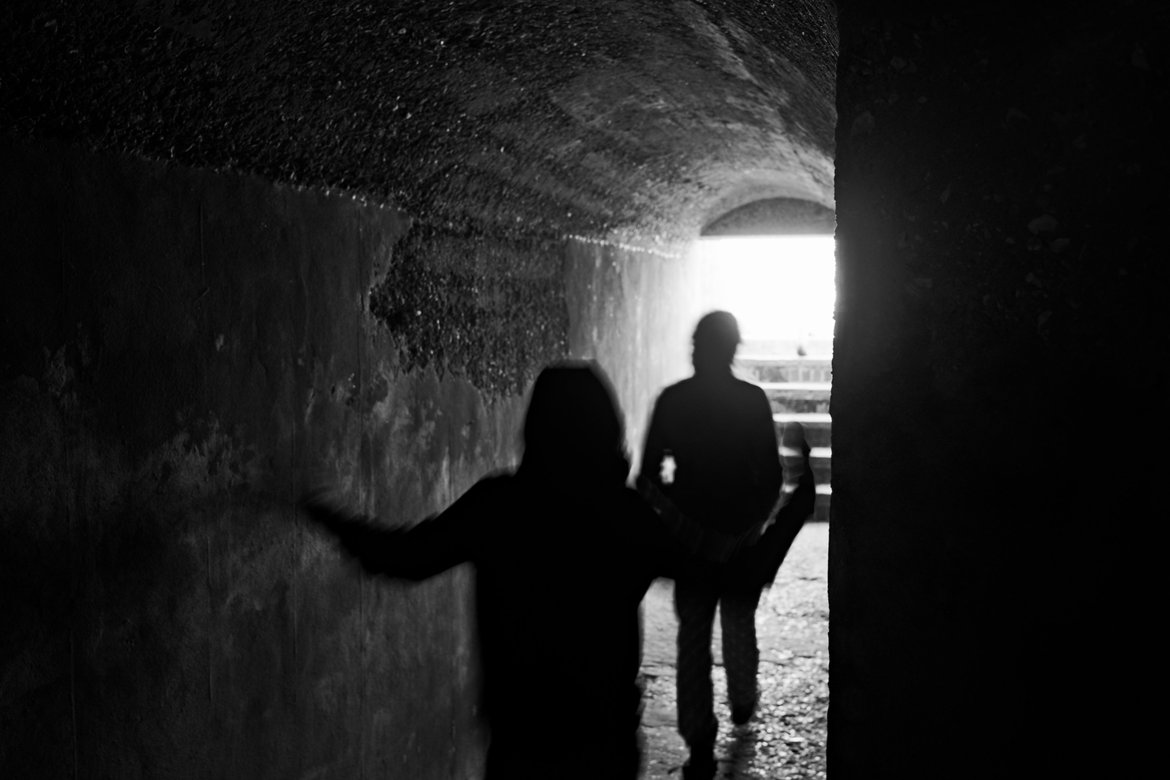
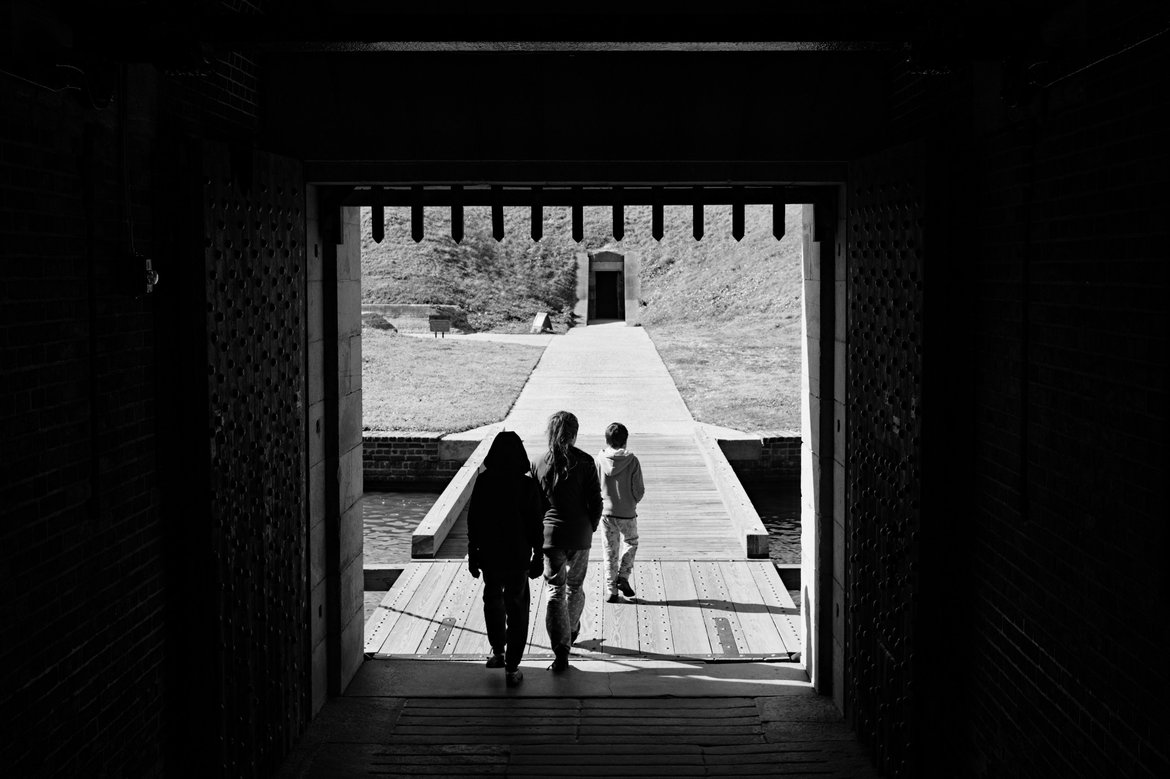
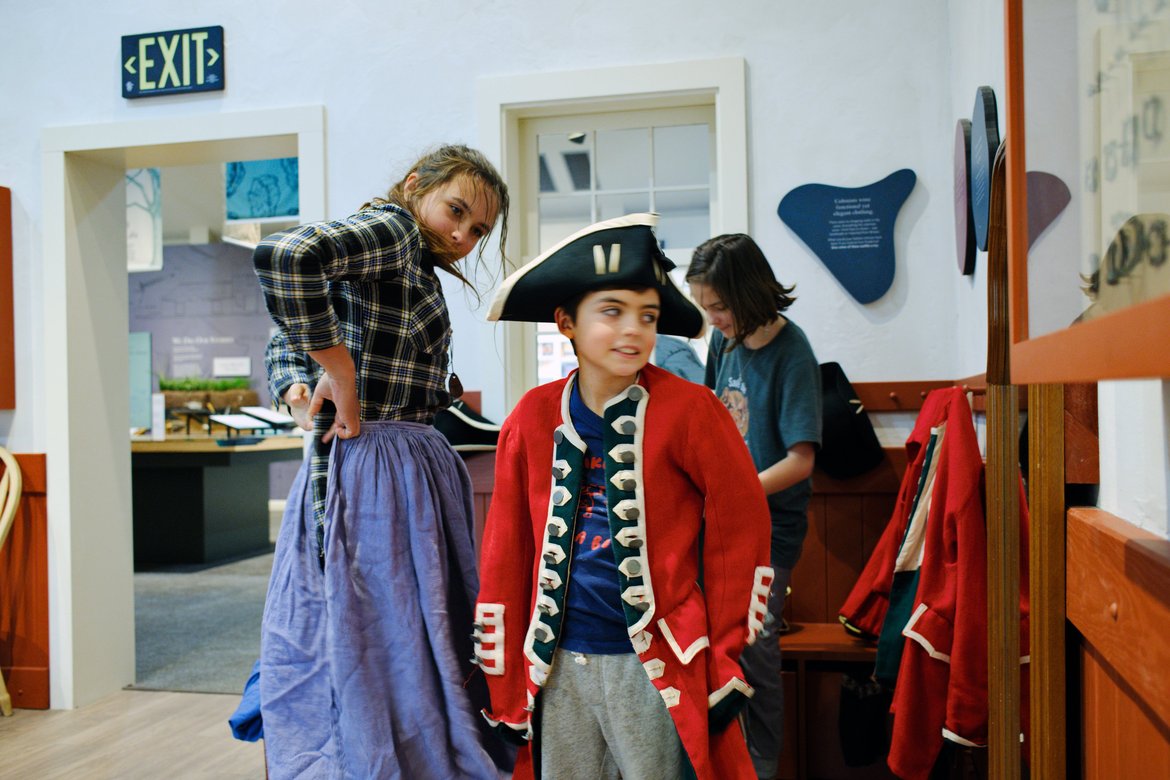
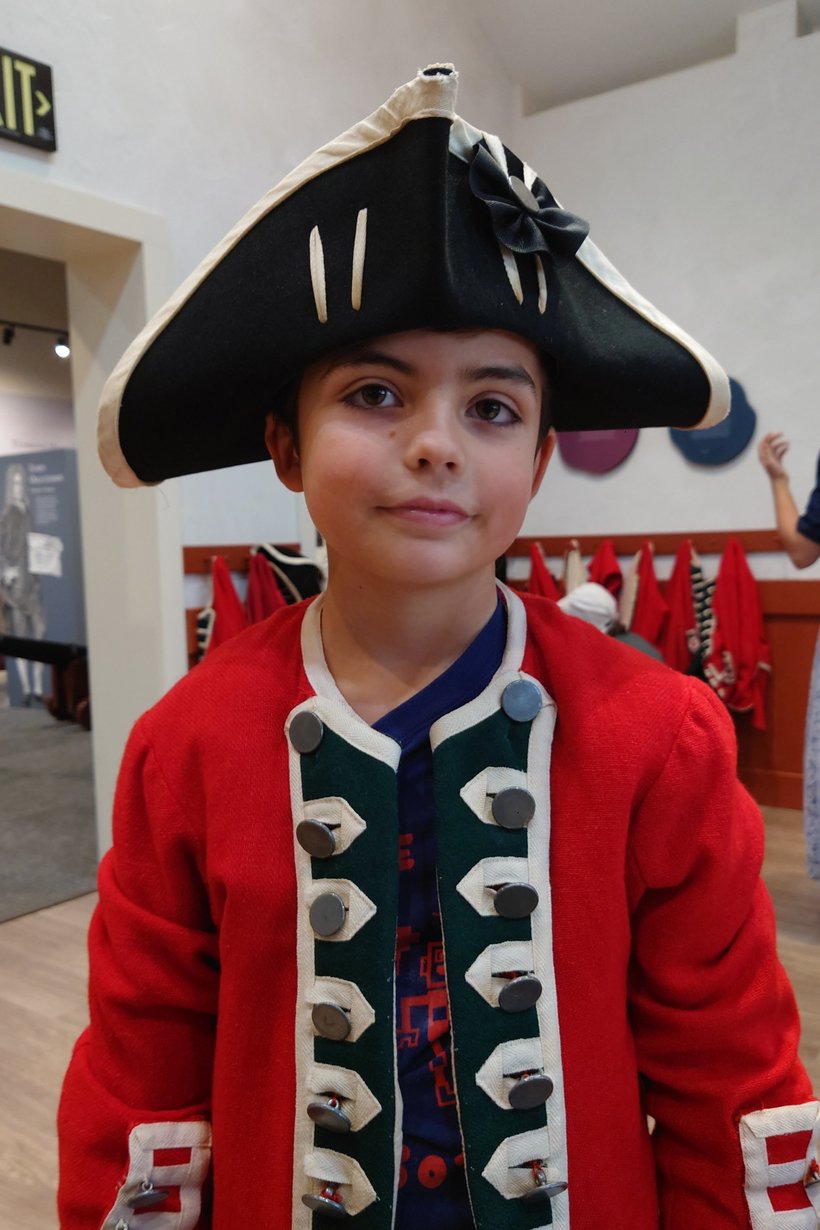
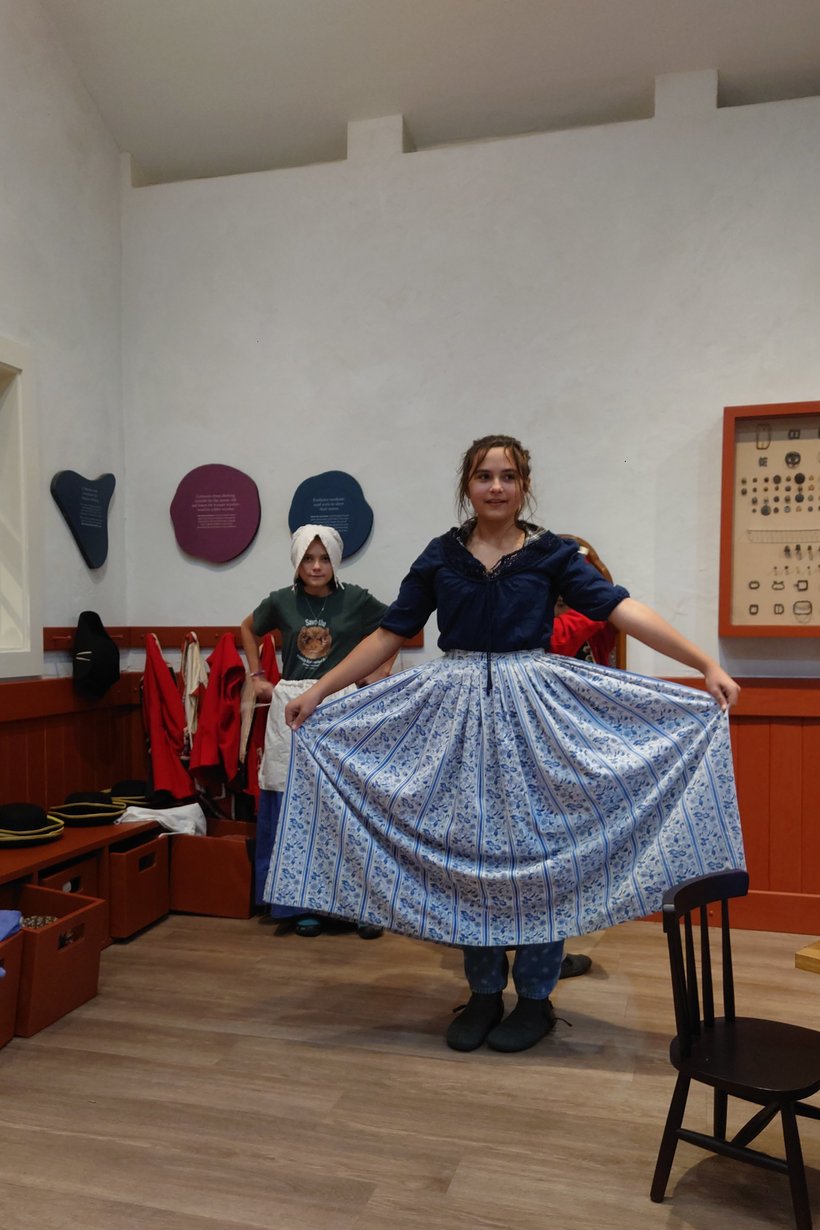
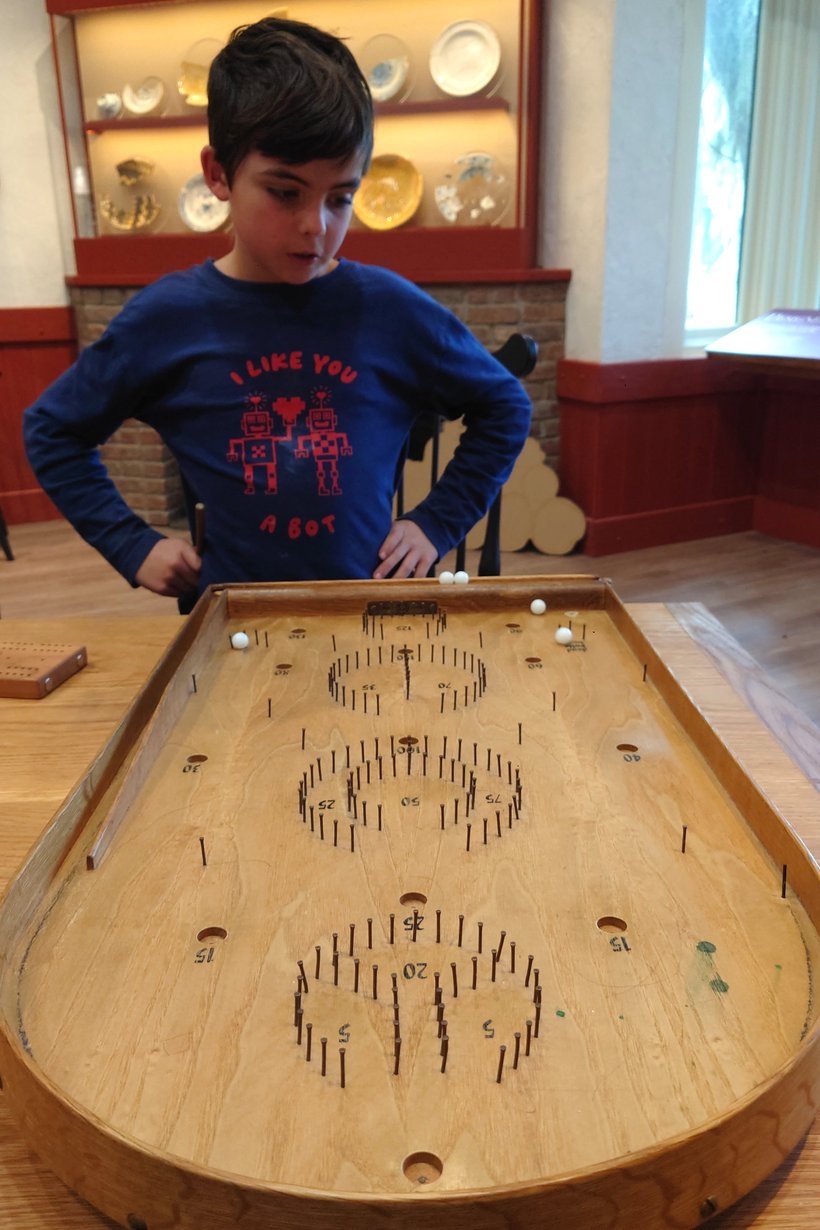

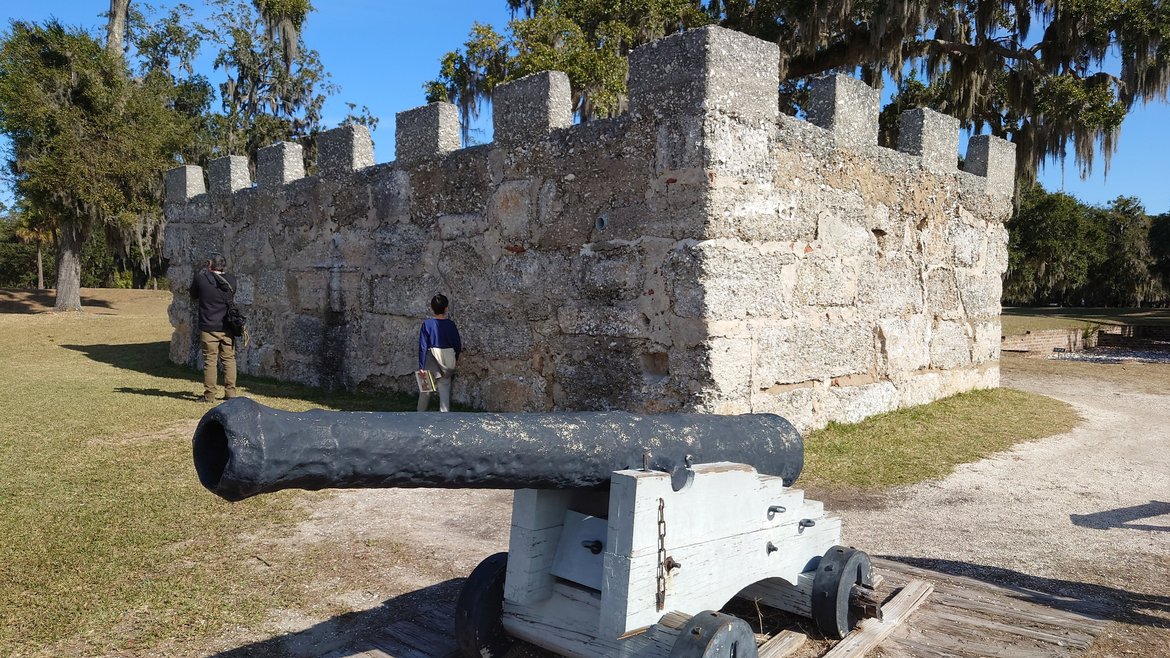
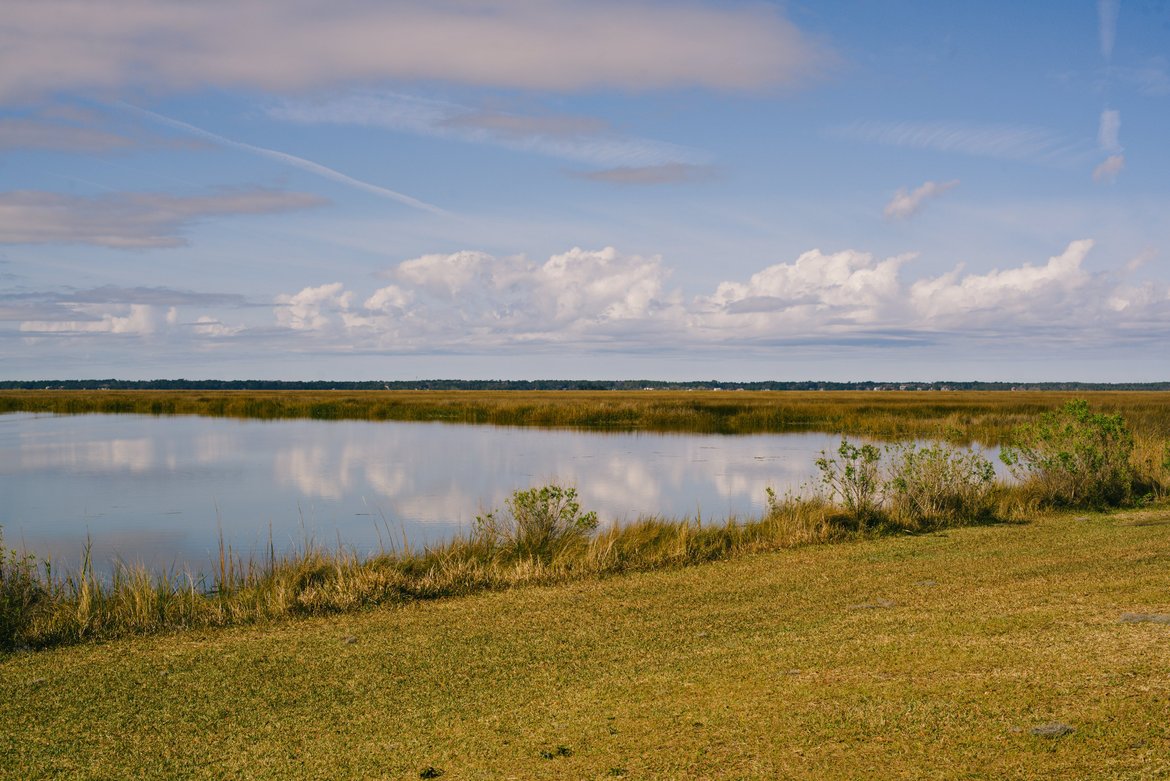
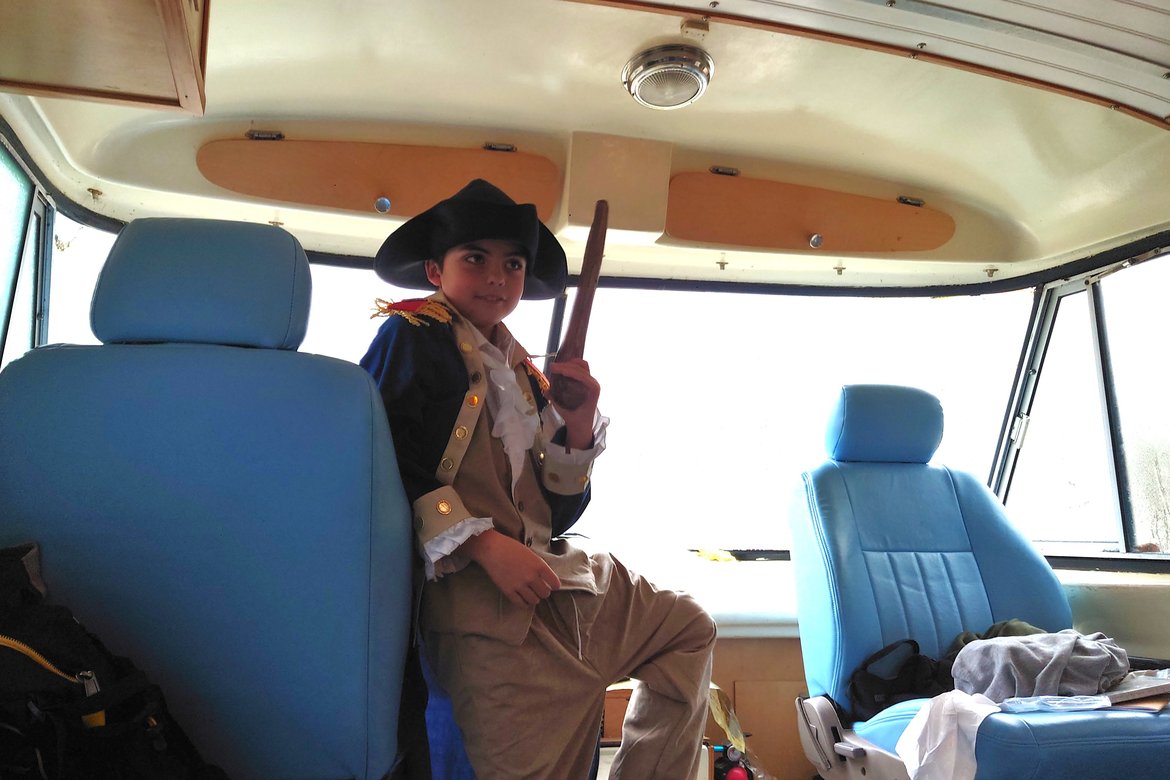
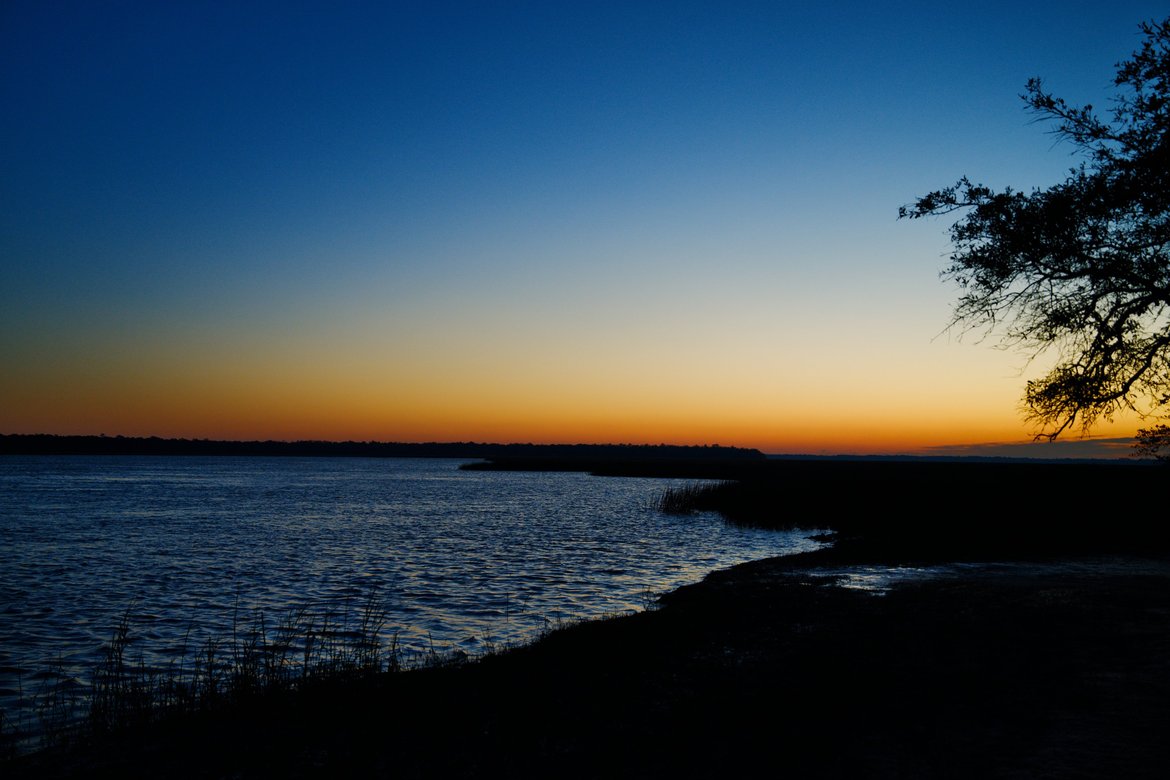


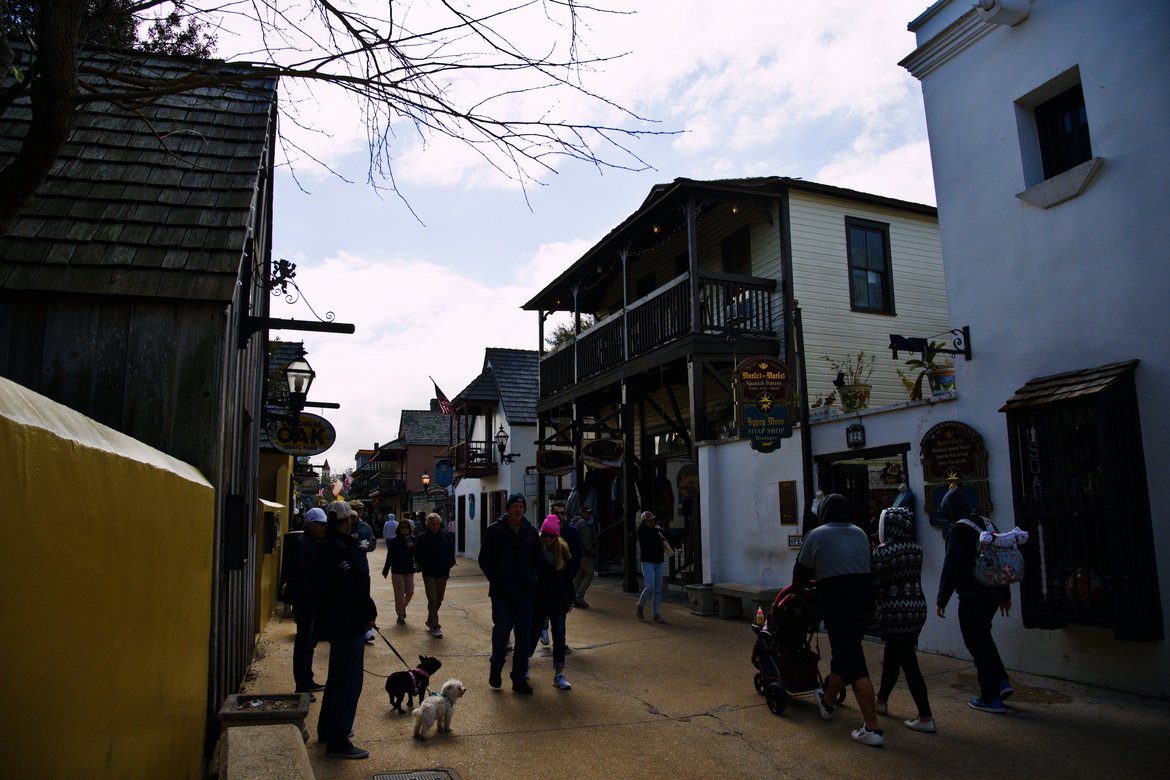
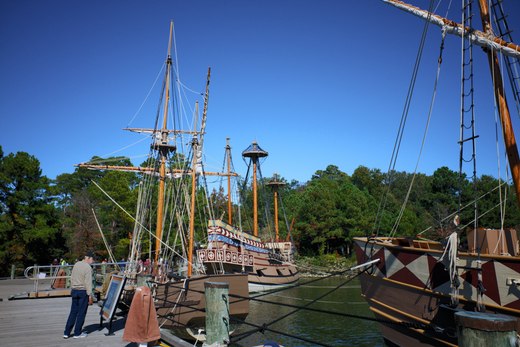
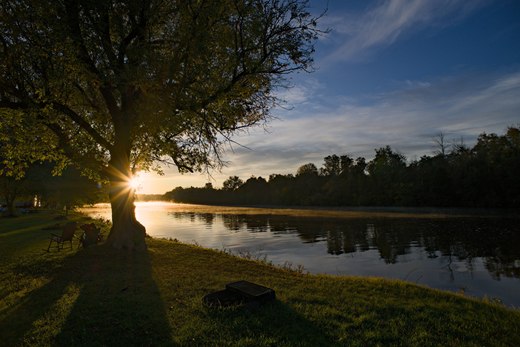
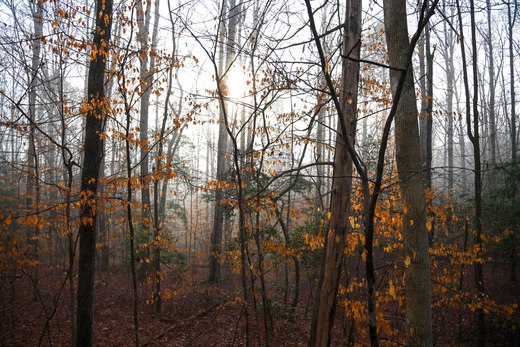
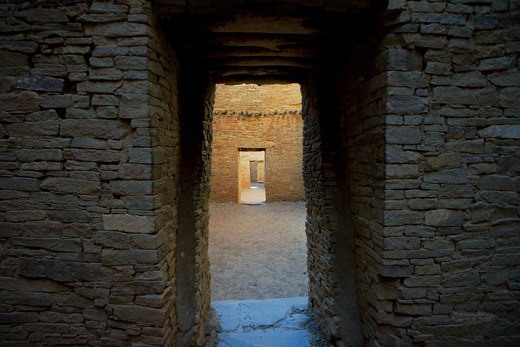
Thoughts?
Please leave a reply:
All comments are moderated, so you won’t see it right away. And please remember Kurt Vonnegut's rule: “god damn it, you’ve got to be kind.” You can use Markdown or HTML to format your comments. The allowed tags are
<b>, <i>, <em>, <strong>, <a>. To create a new paragraph hit return twice.